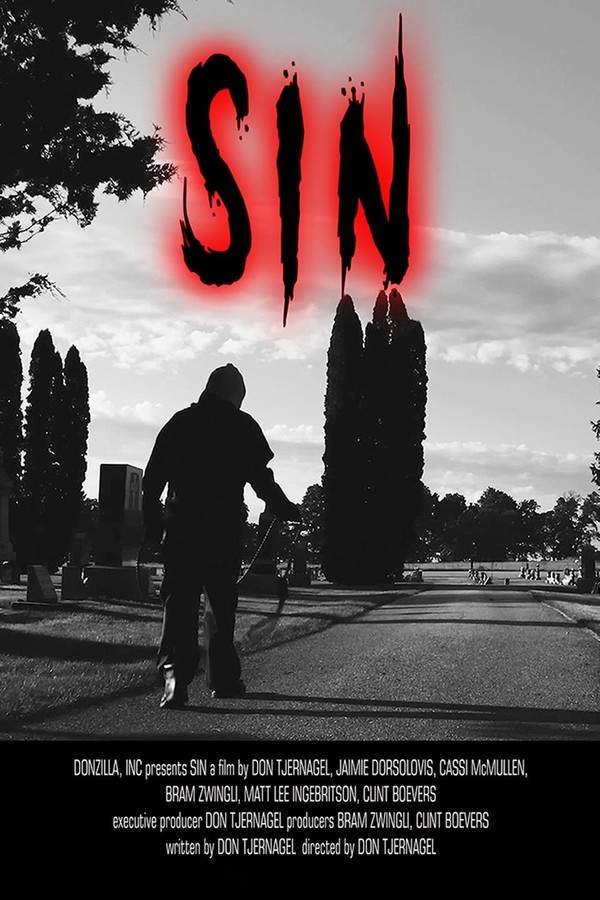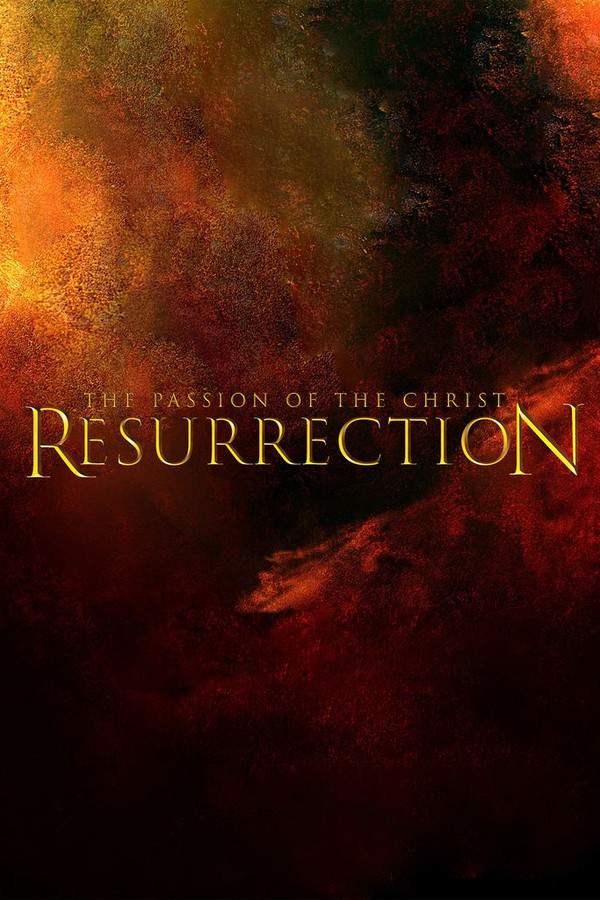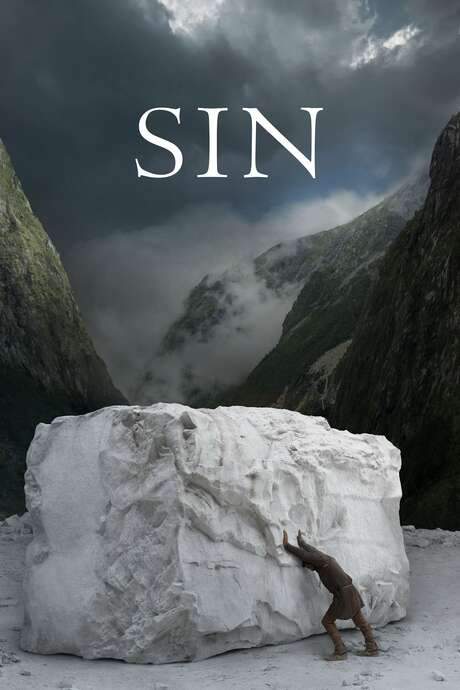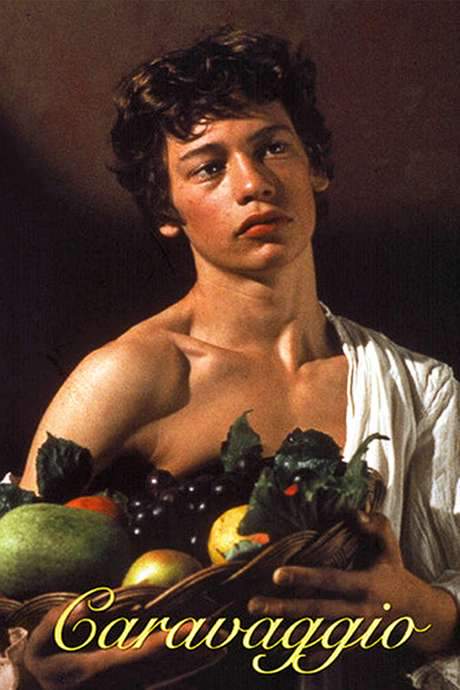
The Agony and the Ecstasy
Year: 1965
Runtime: 138 mins
Language: English
Director: Carol Reed
Set in the Italian Renaissance, Pope Julius II commissions Michelangelo to sculpt a tomb of forty statues. When the pope later orders the Sistine Chapel ceiling, Michelangelo doubts his abilities and initially abandons it. Inspired anew, he returns, but his artistic vision clashes with the pope’s demanding temperament, endangering the masterpiece.
Warning: spoilers below!
Haven’t seen The Agony and the Ecstasy yet? This summary contains major spoilers. Bookmark the page, watch the movie, and come back for the full breakdown. If you're ready, scroll on and relive the story!
The Agony and the Ecstasy (1965) – Full Plot Summary & Ending Explained
Read the complete plot breakdown of The Agony and the Ecstasy (1965), including all key story events, major twists, and the ending explained in detail. Discover what really happened—and what it all means.
The film opens in a documentary style, tracing the life and work of Michelangelo as he emerges from the bustling world of Renaissance Florence to leave an indelible mark on Christian art. Set against the backdrop of the early 16th century, it follows the celebrated sculptor as he toils on grand statues near St. Peter’s Basilica and then faces a monumental challenge: a commission from Pope Julius II to paint the Sistine Chapel ceiling. At first, Michelangelo is resistant, dismayed by the ceiling’s paneled layout and the idea of covering the vast canopy with scenes from the Bible. Yet the Pope’s insistence overpowers his misgivings, and he begins a project that will test his endurance and vision.
The creation process is tumultuous. Michelangelo is unhappy with the initial results and destroys the frescoes, retreating to Carrara and then into the mountains where he finds renewed inspiration in the natural world. He returns to Rome with a renewed resolve, and the ceiling slowly takes shape in a surge of technical innovation and artistic risk. The project progresses under the gaze of the Papal court, facing stiff criticism from cardinals who object to the nudity depicted in the scenes. The work stretches across months and years, and Michelangelo’s health falters under the strain, leaving him to be cared for by Contessina de’Medici, daughter of his old friend Lorenzo de’ Medici. The story highlights the toll of genius in endurance, isolation, and the relentless pressure to deliver.
As the ceiling nears completion, the mood shifts with competing ambitions. Michelangelo learns that he is at risk of being replaced by Raphael, who has been commissioned to decorate the Papal palace’s reception rooms. The political winds shift again as the War of the League of Cambrai threatens the Papal States, and the Pope abruptly ends Michelangelo’s contract, ordering the scaffolding taken down. Yet the young rival’s admiration for Michelangelo’s work persuades him to urge the master to finish the ceiling, and Michelangelo travels to see the ailing Pope to plead for renewed patronage. The Pope’s dilemma—facing invasion yet needing art to reaffirm faith—drives a late revival of support and funds to resume work.
One night, Michelangelo confronts the Pope as he surveys God depicted in The Creation of Adam, a moment that crystallizes the Pope’s faith and his own doubts about divine mercy and human innocence. The Pope’s health worsens, but his final resolve propels the artist forward. Although many expect the Pope to die, he rallies the will to live and to see the project through, even as he dismisses the attendance of the court and clergy and insists on personal control over the final arc of the work. With war turning in Rome’s favor and a solemn Mass celebrating the ceiling’s completion, the project’s future feels secure—yet the Pope presses Michelangelo to secure a tomb and, later, to craft a new fresco behind the altarpiece, offering subjects such as the crucifixion or the Last Judgment. The Pope asserts that Michelangelo’s understanding of God is true and worthy, urging him to continue. As the Pope departs, Michelangelo glances back toward the hidden space behind the altarpiece, a space that would eventually cradle the Last Judgment, painted about twenty-five years later, sealing the artist’s lifelong dialogue between faith, power, and art.
Last Updated: October 09, 2025 at 12:37
Unlock the Full Story of The Agony and the Ecstasy
Don't stop at just watching — explore The Agony and the Ecstasy in full detail. From the complete plot summary and scene-by-scene timeline to character breakdowns, thematic analysis, and a deep dive into the ending — every page helps you truly understand what The Agony and the Ecstasy is all about. Plus, discover what's next after the movie.
The Agony and the Ecstasy Timeline
Track the full timeline of The Agony and the Ecstasy with every major event arranged chronologically. Perfect for decoding non-linear storytelling, flashbacks, or parallel narratives with a clear scene-by-scene breakdown.

Similar Movies to The Agony and the Ecstasy
Discover movies like The Agony and the Ecstasy that share similar genres, themes, and storytelling elements. Whether you’re drawn to the atmosphere, character arcs, or plot structure, these curated recommendations will help you explore more films you’ll love.
Explore More About Movie The Agony and the Ecstasy
The Agony and the Ecstasy (1965) Scene-by-Scene Movie Timeline
The Agony and the Ecstasy (1965) Movie Characters, Themes & Settings
The Agony and the Ecstasy (1965) Spoiler-Free Summary & Key Flow
Movies Like The Agony and the Ecstasy – Similar Titles You’ll Enjoy
Sin (2021) Detailed Story Recap
The Passion of the Christ (2004) Full Movie Breakdown
Padre Pio (2023) Ending Explained & Film Insights
Raphael: The Lord of the Arts (2017) Story Summary & Characters
Michelangelo Endless (2017) Movie Recap & Themes
Sin (2019) Spoiler-Packed Plot Recap
Amadeus (1984) Story Summary & Characters
Caravaggio (1986) Ending Explained & Film Insights
Dante: Inferno to Paradise (1000) Spoiler-Packed Plot Recap
Christ Stopped at Eboli (1979) Spoiler-Packed Plot Recap
The Titan: Story of Michelangelo (1938) Plot Summary & Ending Explained
The Robe (1953) Ending Explained & Film Insights
Prince of Foxes (1949) Spoiler-Packed Plot Recap
Concert for Michelangelo (1977) Movie Recap & Themes
In the Name of the Pope King (1977) Ending Explained & Film Insights

















